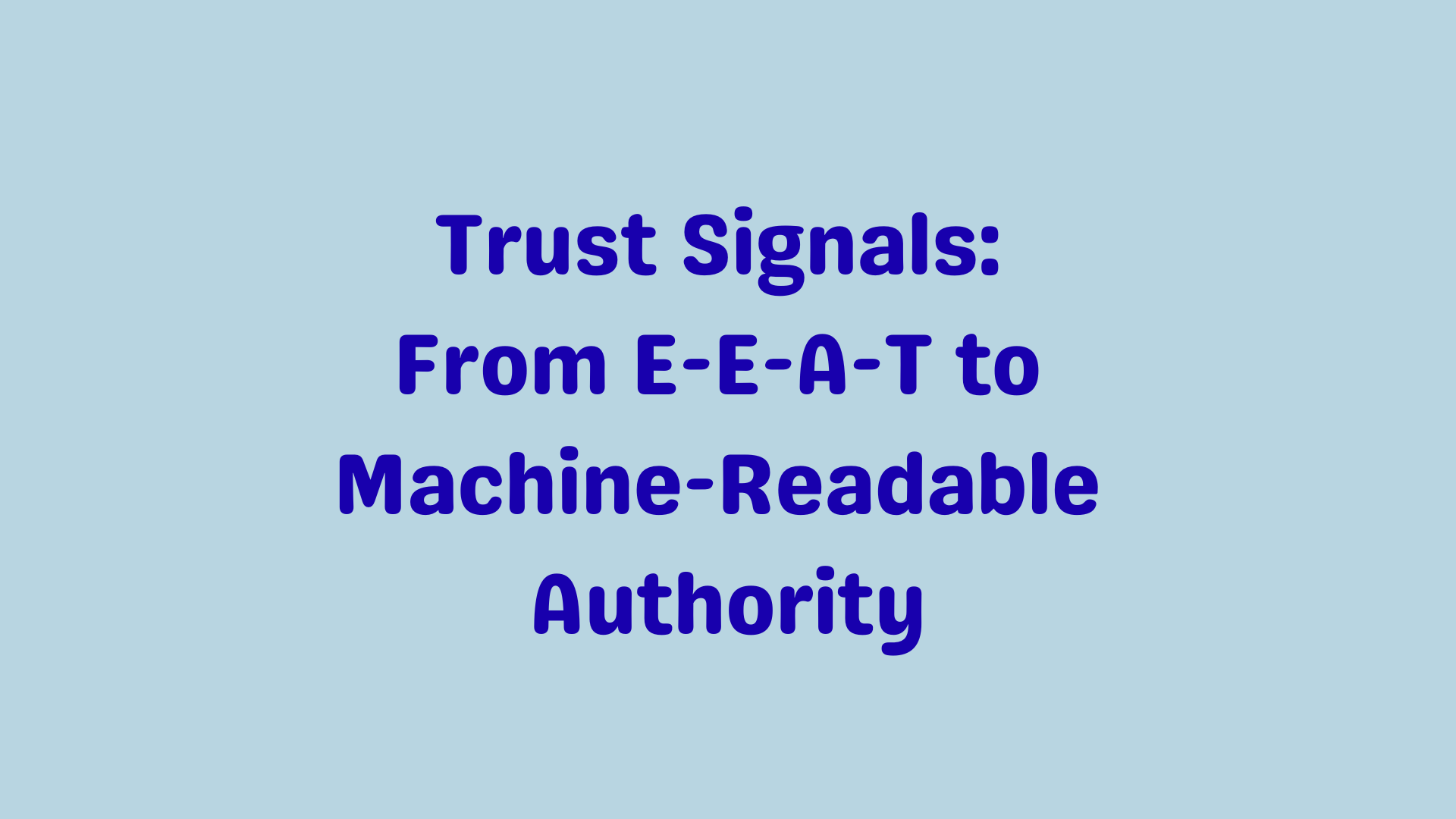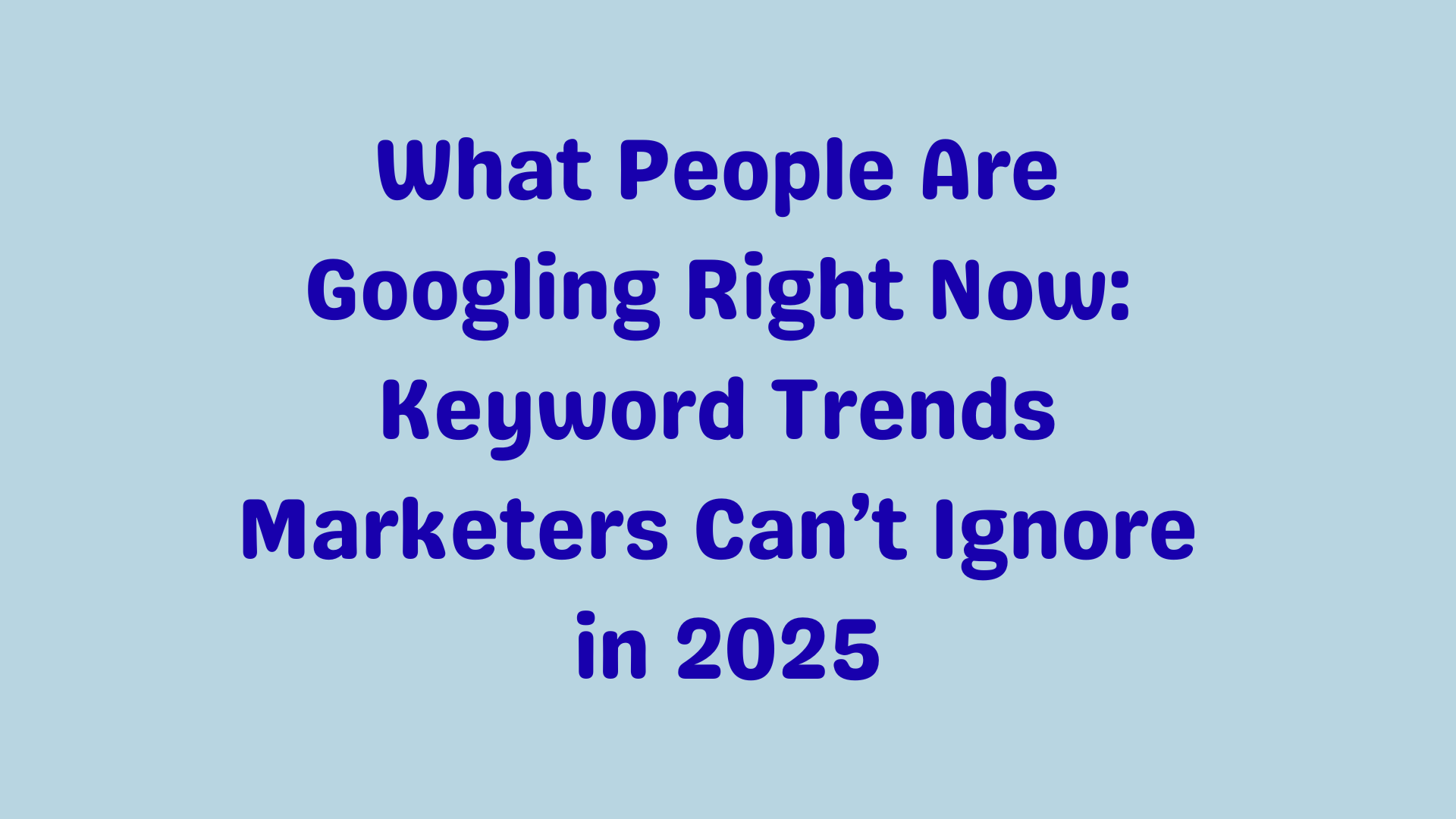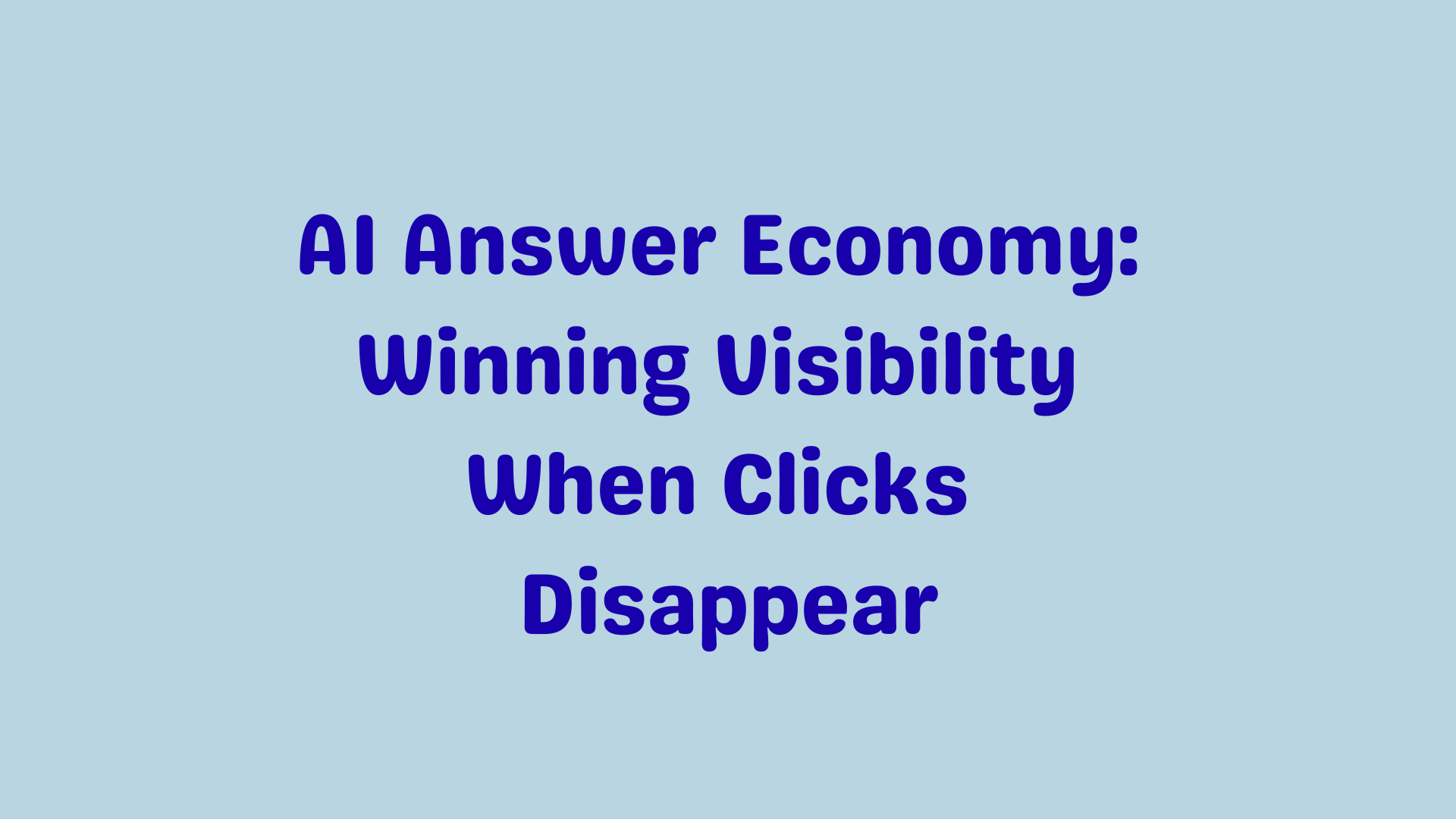How to get quoted by Perplexity and AI Overviews using clear, trustworthy signals
The New Trust Economy in AI-Powered Search
Search has transformed. Platforms like Perplexity and Google’s AI Overviews no longer just rank pages—they select content they trust. To earn their attention, your content needs substance, transparency, and credibility in ways both humans and machines can detect.
At the heart of that trust? E-E-A-T—Experience, Expertise, Authoritativeness, and Trustworthiness. These four elements shape content quality for both Google and AI models. AI tools use E-E-A-T as a heuristic to decide what to show when users ask for answers.
How AI Determines What to Trust
AI systems can’t “feel” credibility—they infer it from structured clues:
- Machine-readability: Content with clean formatting, schema markup, and structured metadata is easier for AI to parse.
- Authority markers: Citations, backlinks, and sources from trusted domains (.gov, .edu) signal credibility.
- Human experience: Case studies, author bios, and real-world insights reflect authenticity.
Four Practical Trust Builders
1. Highlight Real Experience
Showcase actual work—case studies, author biographies, project details. AI tools—and your readers—value firsthand proof over generic assertions.
2. Prove Expertise
Demonstrate credentials and proficiency. Include author credentials, certifications, or clearly explain why you’re qualified to speak on a topic.
3. Cite Trusted Sources
Back claims with verifiable references—academic, governmental, or reputable industry content. Use schema markup for citations when possible.
4. Build Sitewide Trust Signals
Make author pages, contact info, privacy policy, and content update details easy to find. Keep content fresh and clearly attributed.
Bridging Human Trust and Machine Trust
What humans trust and what machines trust aren’t always the same—so your content must address both:
- Human trust comes from clarity and accuracy.
- AI trust comes from signals that algorithms recognize easily, like schema, TLDs, and structured content.
Together, these create a powerful “trust graph” that both humans and AI value.
Your Content Checklist: Search-Ready Trust Signals
| Key Element | What to Do |
|---|---|
| Experience | Use real examples, case studies, author bios |
| Expertise | Feature credentials, deep insight into the subject |
| Authoritativeness | Include external mentions, industry citations, high-authority links |
| Trustworthiness | Display updated info, privacy policy, editorial transparency |
| Machine Readability | Use schema markup, simple headings, bullet points, secure HTTPS |
Final Word
In 2025, you’re not just optimizing for search—you’re optimizing for trust. The AI tools that help people find answers don’t just look at keywords—they look for signals that content is real, helpful, and reliable.
By building trust signals into every piece of content, you increase the chance that your insights get featured—even if your site doesn’t always rank #1 in traditional search.
Start with clarity, back it up with expertise, and make it easy for both humans and AI to recognize your authority. Because The best way to get noticed in an AI-driven world isn’t to outsmart algorithms—it’s to earn their trust



